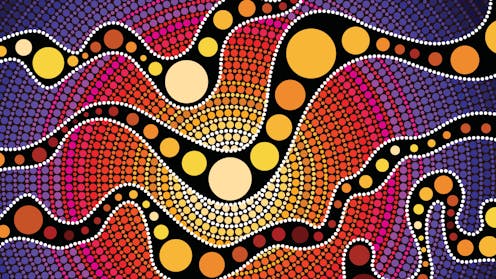The first Australian First Nations anthology of speculative fiction is playful, bitter, loud and proud
- Written by Yasmine Musharbash, Senior Lecturer and Head of Anthropology, Australian National University

This is not “just” an anthology of Australian First Nations speculative fiction, but also the first Australian anthology of First Nations speculative fiction. And what an entry onto the scene it is!
Review: This All Come Back Now: An Anthology of First Nations Speculative Fiction edited by Mykaela Saunders (University of Queensland Press)



